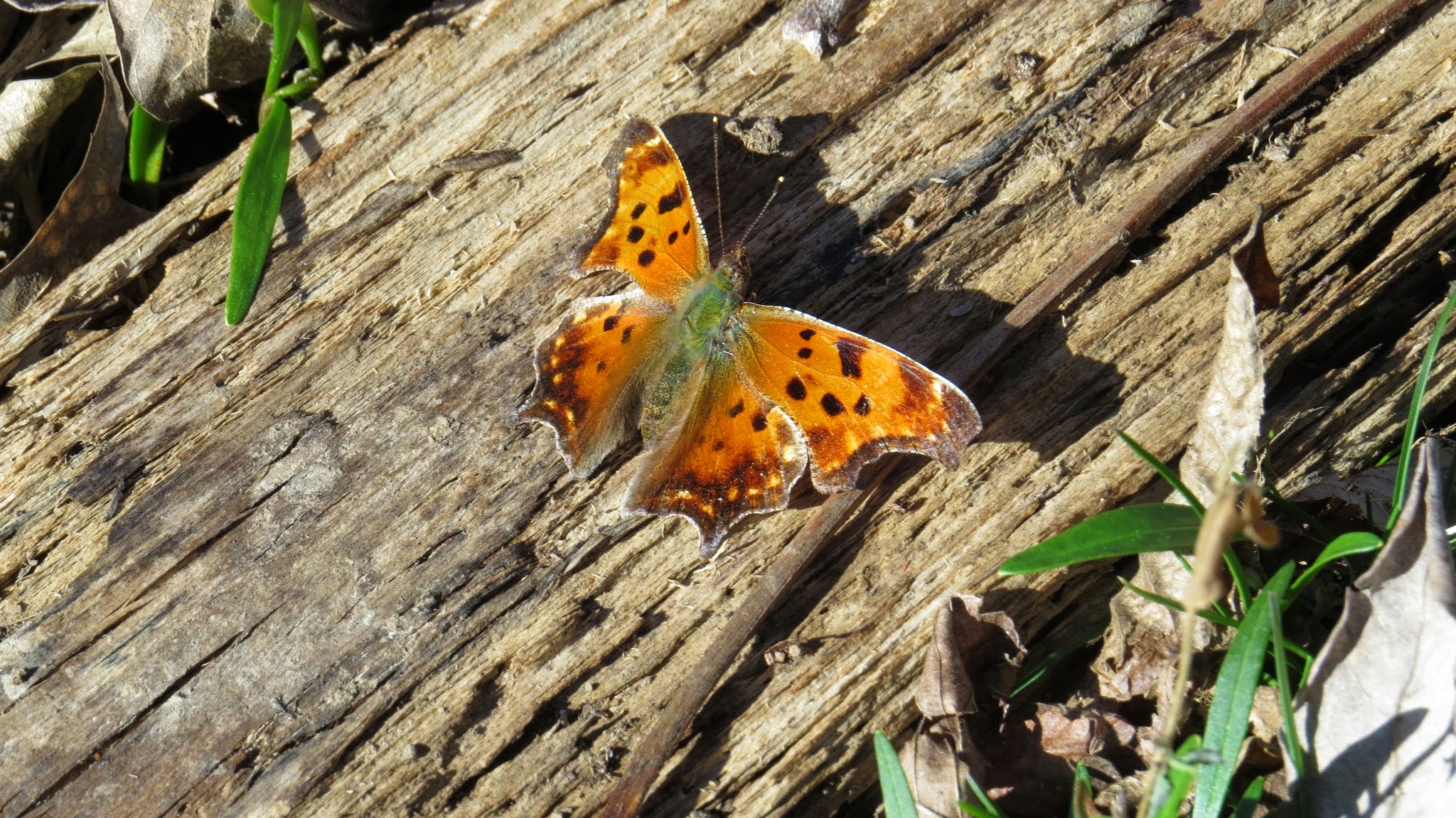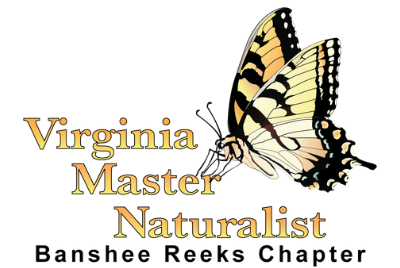Spring Butterflies

As spring starts, I look forward to the first butterflies of the year. In our area, butterflies typically start flying sometime in March. We can typically expect to start seeing Mourning Cloaks (Nymphalis antiopa), Eastern Commas (Polygonia comma), Question Marks(Polygonia interrogationis), Summer Azures (Celastrina neglecta), and Cabbage Whites (Pieris rapae) starting in March.
The Mourning Cloak, the Question Mark and the Eastern Comma butterflies actually overwinter as adults. It’s amazing how these adults will live through the winter in this hibernation state. The adults will hide in tree bark cracks, rock crevices or under roof shingles on buildings. So if it gets warm during the winter, you may suddenly see a butterfly flying! When it gets warm enough, these butterflies will seek out a mate and lay eggs in the early spring. Look for them at the forest edge where they can get to the spring sunshine.
The Question Mark and Eastern Comma are part of what are commonly called the Angle-wings (the taxonomic genus is Polygonia). When you see them, it’s obvious why. Their wings are a cool looking scalloped shaped. They can be a little difficult to distinguish between one another – one of the keys to identification is to count the number of black dots on the forewing (3 for the comma and 4 for the question mark). You can also look for their namesake punctuation on their hindwings. These two butterflies get nourishment from puddles, scat, sap, and rotting fruit. Their host plants are commonly elms and hackberry trees. Mourning Cloaks are large butterflies with dark brown wings that bordered by beige edging and blue spots. Like the Polygonia, they like puddles, scat and sap. Their host plants are commonly willows and elms. Interestingly, Mourning Cloaks can also be found in Europe and Asia.
Summer Azures are a tiny blue butterfly. These tiny creatures overwinter as pupa that hatches early in the spring. They get nutrients from puddling, but they also take nectar from the early spring flowers like spring beauty, dogwood blooms and clovers.
The butterfly that is often easiest to spot in the spring is actually the Cabbage White. As its name says, it is white and it likes cabbage! It is believed to have been introduced to the US in the 1860s. The host plants are members of the mustard families – in particular broccoli and cabbage plants. Since their introduction, the Cabbage White has thrived and is generally considered invasive. Because of their numbers and their coloring, you’ll often notice Cabbage Whites more easily than other butterflies in our area.
When you see those white butterflies in March and April, start looking for one of my favorite butterflies – the Falcate Orangetip (Anthocharis midea). Like the Cabbage White, this butterfly is mostly white, but this one lives up to its name too! It has beautiful orange tips on its forewings. There is really only one flight of these wonderful winged creatures. Sadly, unlike the Cabbage White, the Falcate Orangetip is believed to be in decline because of invasive plants, including garlic mustard. Look for the Falcate Orangetip in open swamps and wet woodlands. It likes to nectar on Virginia Bluebells and violets. Rock cress, winter cress and bitter cress are host plants in addition to members of the mustard family.
